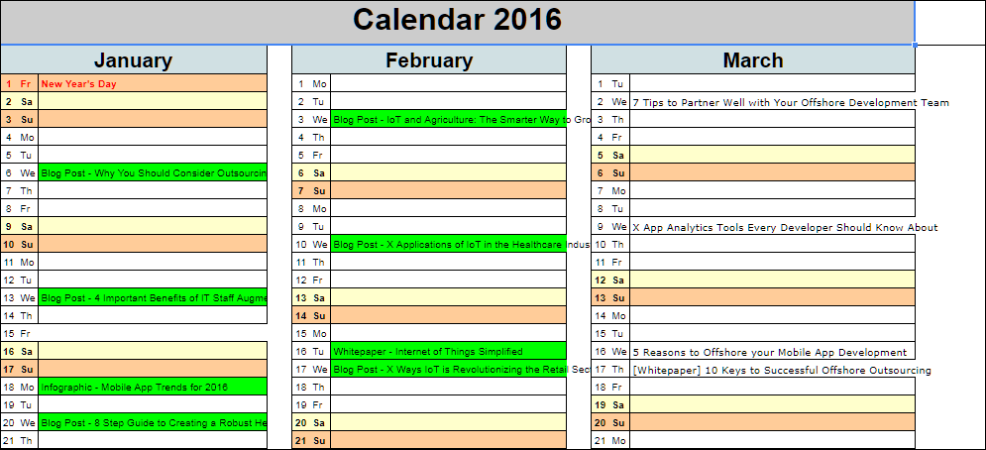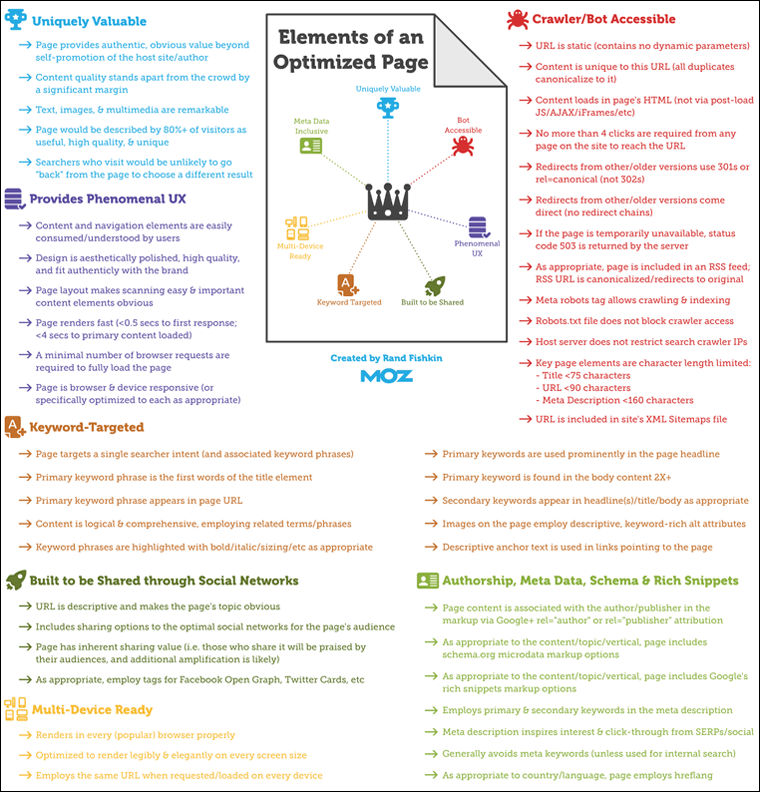
Blogging is undoubtedly the best B2B marketing tactic.
It helps improve your search engine rankings and credibility. For smaller companies, the benefits of blogging surpasses the effort and time invested, by leaps and bounds.
Not only is it an inexpensive outpost, but also a 24×7 communication platform where you can continuously voice your thoughts and opinions about new products as well as other relevant issues.
A blog gives your business personality and anything gone wrong may adversely affect the way you present your business. And no one wants that, right?
Here are the commonly seen B2B blogging mistakes to look out for. They can crawl into your content unawares!
1. Publishing Long, Crammed Content:
Yes, long blog posts are preferred for their quality and in-depth content, and for the fact that Google prefers content where readers spend more time on it.
But there is also a rise in the number of “skim-readers”. So when a post is crammed with information and technical jargon, chances are, they might be uninterested.
To avoid this from happening, try and make your content more pleasing to the sight. You could integrate one or more of the below into your content, for optimal results :
Also, avoiding too much technical jargon would make the article more comprehensible to the reader.
2. Talking Too Much About Your Company/Product/Service:

Credits: Giphy.com
Most companies cannot help but brag about themselves, their products and services. They fail to create engaging content and as such appear to the reader as a mere sales pitch.
A good content’s purpose is to build trust in the reader and gradually turn them into a potential customer. Until then it would be best to only insert relevant points and talk about your company’s products and services less often and in all subtlety.
Here are some tips to make your content more engaging:
By making the content more about the reader than yourself, you capture their interest.
3. Not Conveying Something New:
People are always on the look-out for something new, and that includes even a tiny bit of information.
Some companies constantly create hackneyed content and this seems uninteresting to the reader.

Credits: Photobucket.com
Some even mislead readers with their catchy titles which unfortunately end up being nothing but clickbaits.
Make sure your content does not end up being repetitive.
To make your content stand out:
4. Ignoring the Headline:
The title to your blogpost is undoubtedly one of the main factors that determine the traffic. Lengthy, vague headlines often end up being ignored.
Catchy headlines and great first lines are sure to hook the reader and make them want to read the entire post.
Sometimes, it might take a long time to create such engaging headlines.
In order to save yourself time and some loyal readers, we suggest checking out these awesome, catchy title/content generator tools like :
These tools help convert keywords into full length titles, and thus help you plan out your content strategy based on it.
5. Posting Unrelated Content:
Oftentimes, we see companies that post articles on topics which may be entirely unrelated to their business. This usually happens when a company sells or offers a variety of products or services.
Try and avoid dumping unrelated information on the reader.
Be precise about the kind of product or service you are trying to sell online, and be aware about your target audience’s preferences, constraints, problems, etc. Structure your content based on the solution you have promised to offer.
Also a spiral content delivery acts as a step-by-step guide to help introduce your product/service to your audience.
Let’s say you are trying to sell an e-reader. Do you urge the reader to buy it upfront? No!
6. Inconsistency:
Another big mistakes companies commit, often unknowingly, is inconsistency. After few initial posts, a long gap ensues. This gives the reader an idea that your business is not quite active.
To show up consistently, on a regular basis, here is what you can do –

Maintaining an editorial calendar helps you post consistently, and this, in turn, gives the reader an idea about your strong social presence and helps Google identify your site as an active one, pushing up your SEO.
7. Poor Quality of Writing:
Let’s get real, not everyone is a good writer. And this holds true for most companies’ content writers as well.

Credits: Copyblogger.com
A lengthy content need not mean good content. So to get better at it, all you need to do is keep writing.
Yes, you heard that right! Write, write more, work hard at it.
With time you will see a change in the way your posts come out. Also, for those struggling with reader-friendly content, try and include other modes of content like –
This caters to different strata of readers.
8. Ignoring SEO Aspects:
This is one of the most important aspects of content writing that companies overlook. Poorly optimized posts miss out on traffic thus costing you leads.

Credits: Moz.com
There are many ways to optimize your blog. Here are a few important ones –
Another step to keep up with the best SEO practices is to research on good articles and self-help guides from qualified authors.
Blogs are one of the best modes of marketing and these pointers will help you market more efficiently by being more aware of common mistakes. Tweak your marketing strategies by keeping these in mind and you’re good to go!
Get ready to take your business to the next level. Lots of free resources, worksheets and eBooks to help you get started.